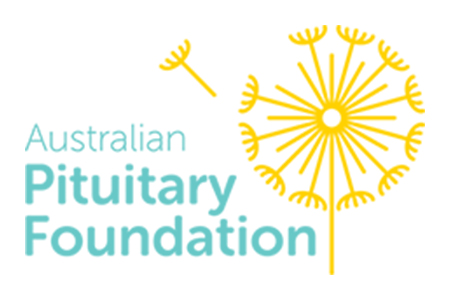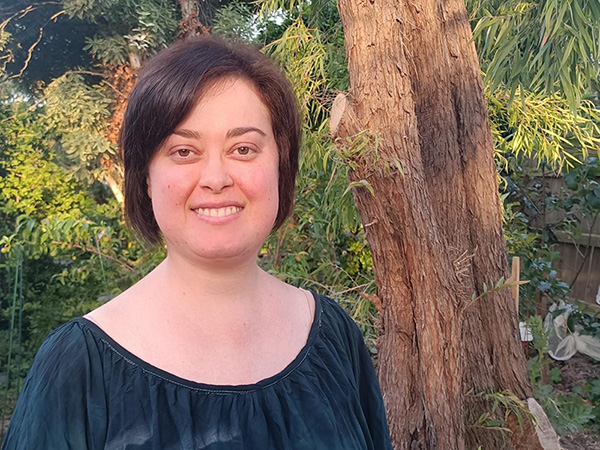Elise’s Journey
Cushing’s Disease
Elise before Cushing’s Disease
Elise with Cushing’s Disease
In 2022, a ‘paint-your-partner’ date night led to a portrait my husband created—a portrait of a stranger. A stranger with a moon face straight from an Enid Blyton book.
It wasn’t an affair, but a stark, visual representation of Cushing’s Disease, a degenerative pituitary condition that had hijacked my body, sending my cortisol levels soaring.
Rewind to 2019. In my early 30s, I was thriving on the outside, yet severely stressed inside. Leading a non-profit, building a vibrant life in Melbourne after years in India, grieving the breakdown of my spiritual community and death of my mother. Three years later, an insidious cascade of symptoms transformed me, inside and out, until I was unrecognizable.
While the underlying reason why Cushing’s Disease develops remains unknown, we do know the medical cause is a cortisol-producing adenoma. For those impacted, Cushing’s isn’t just physical; it’s a psychological minefield. My body became a walking contradiction, a battleground against social norms. I’d gain weight while hitting peak fitness, collapse off-camera while excelling at work, and toggle between manic energy and cognitive fog. Simple tasks became insurmountable, yet during a cortisol ‘high’ I’d conquer complex projects. Insomnia, panic attacks constant infections and muscle pain plagued me, but during doctor’s visits, I’d sometimes radiate deceptive energy, masking my true state. Premature menopause-like symptoms – mood swings, disappearing cycles and hot flushes – compounded the confusion. These baffling paradoxes fuelled shame, denial, and loneliness, delaying diagnosis until the scales tipped too far towards my body’s collapse and I was propelled to find answers.
The insidious nature of Cushing’s lies in its varied and often paradoxical presentation. This lack of awareness within the medical community and the public leads to significant delays in diagnosis. On average, it takes three years from the onset of symptoms to receive a diagnosis. My experience mirrored this statistic; I requested Cushing’s testing three times while doctors referred me to eight different specialists for a parasite, liver or heart problems, polycystic ovarian syndrome, anxiety from Covid, poor diet, and hypochondria.
Adding insult to injury, the diagnostic process for Cushing’s is particularly complex and can be expensive. By the time I rolled into surgery in November 2022, I had undertaken well over 50 tests, including 8 MRIs and a day procedure. Even while on the operating table, there was only a 50% chance that surgery would be successful and my diagnostic journey was ending. Unfortunately, my experience is not atypical for a ‘Cushie’.
When faced with extreme suffering, we often seek meaning through personal growth. But I believe we must also strive to alleviate the suffering. I believe that validating the experiences of those with undiagnosed Cushing’s can be invaluable. We can further strengthen education within the medical community and society at large, expedite diagnostic methods, and improve access to and awareness for treatment options.
Having navigated the challenges of Cushing’s, I’ve emerged with greater self-care, authenticity, and a renewed appreciation for life. I have a healthier immune system, a stronger body and have given birth to a healthy baby. I am driven to share my journey, so others can recognize the signs earlier, feel less alone, and benefit from a more informed and supportive community.


